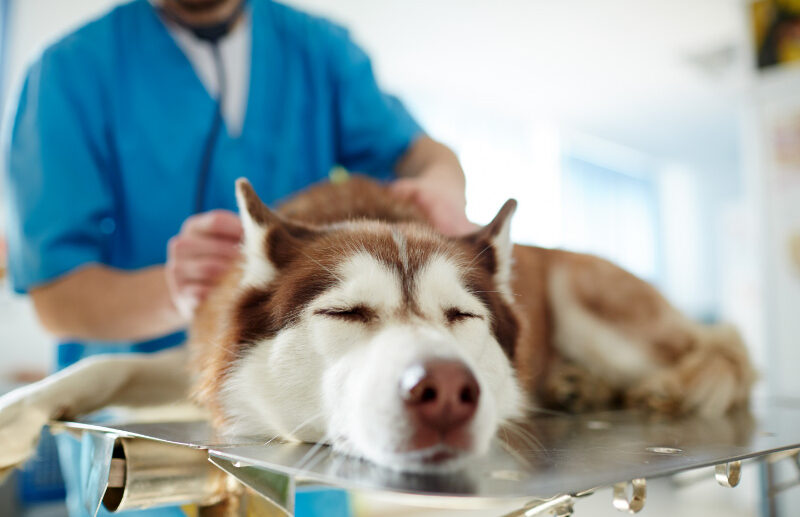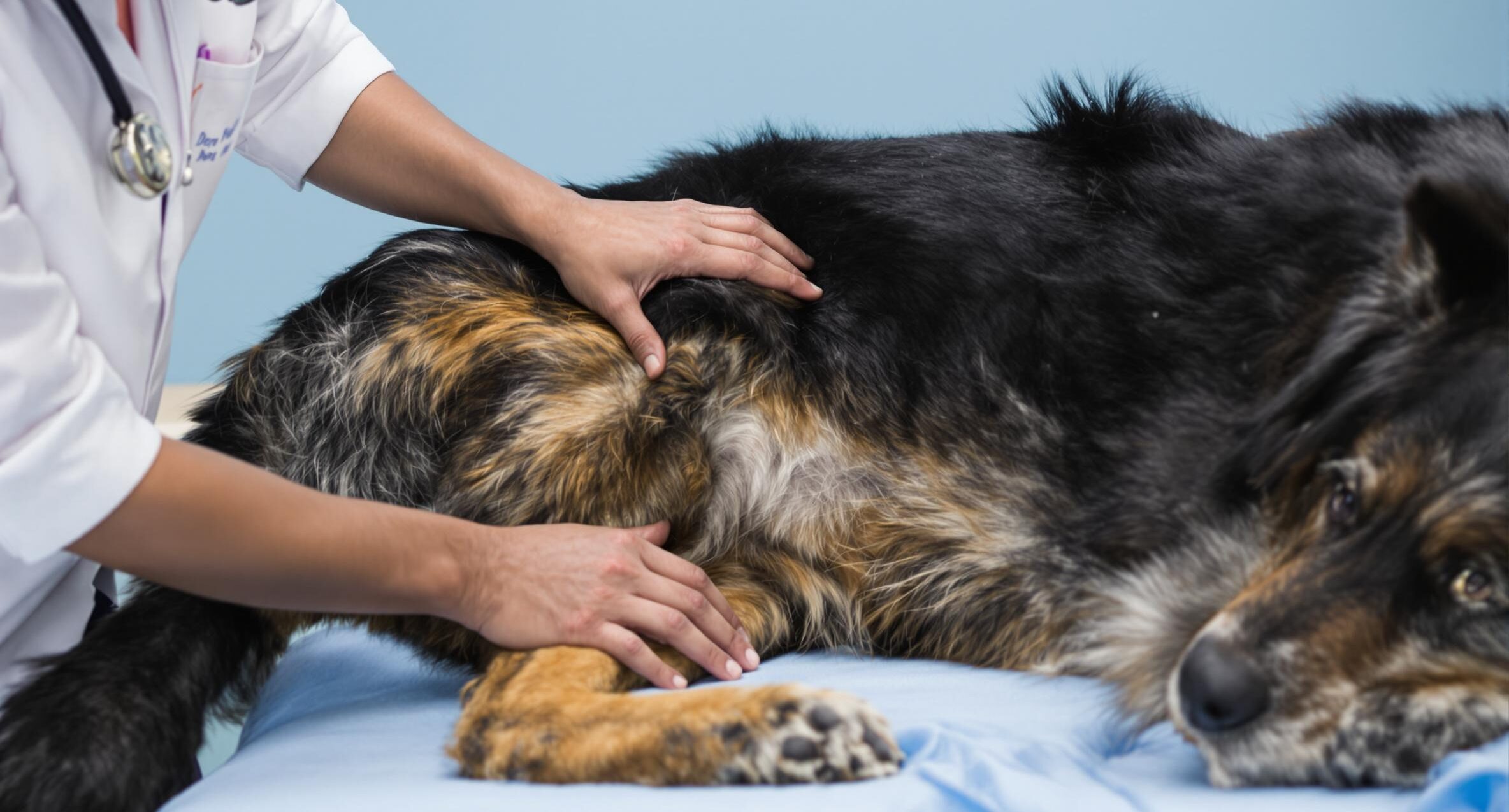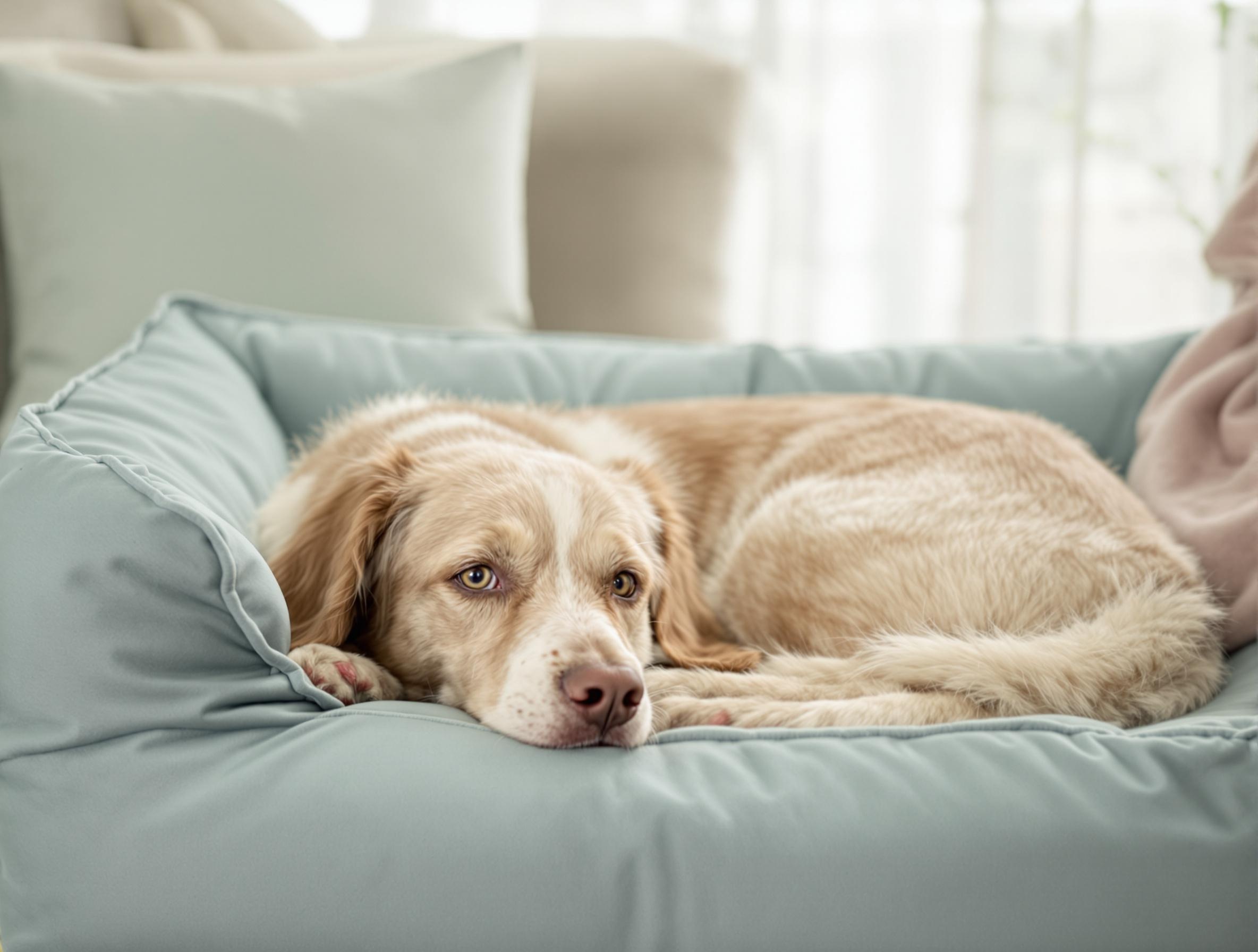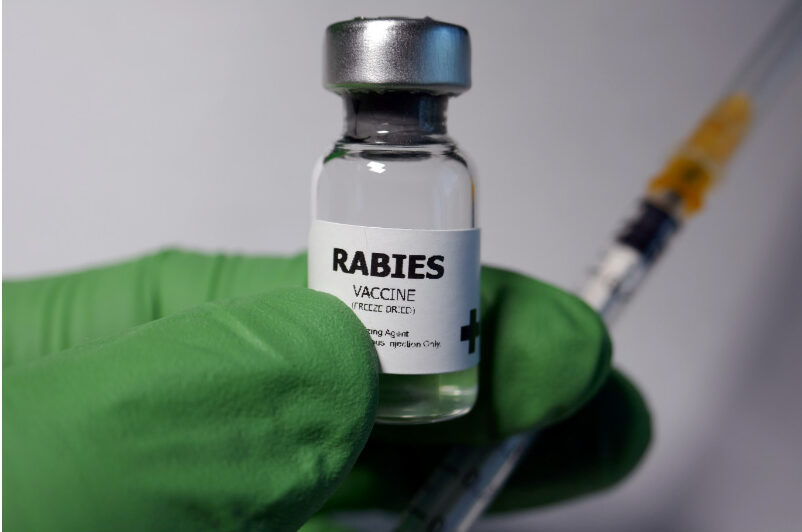Which Mushrooms Are Toxic To Dogs?
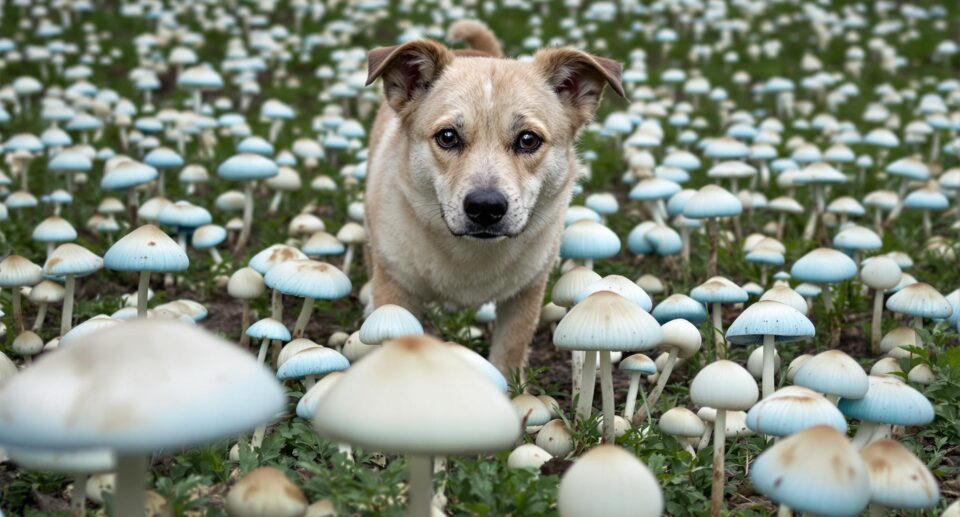
After a few days of heavy rain, mushrooms have popped up all over your backyard. If you have a dog who eats everything, tender mushroom caps may be impossible for them to resist. While many are harmless, some species of mushroom are highly toxic to dogs. Keep these tips in mind when letting your dog out after a rainy day.
What Would Happen If My Dog Ate A Toxic Mushroom?
The symptoms your dog will have after ingesting a toxic mushroom varies depending on the species of mushroom they have eaten and how much they consumed.
Your dog may experience vomiting and diarrhea as soon as 15 minutes after eating a toxic mushroom. These symptoms can be delayed for up to 6 hours. Loss of fluids can cause dehydration and lethargy, so dogs who experience these GI symptoms may require veterinary treatment.
Mushrooms that contain amanitin cause kidney and liver damage, which can be fatal even with treatment. Organ damage starts to occur after a few days, during which the dog can seem to have recovered from gastrointestinal symptoms. Early treatment gives your dog the best chance of survival, so it’s imperative that you always take mushroom ingestion seriously, even if you do not notice any symptoms or they seem to be doing better.
Common Traits Of Toxic Mushrooms
There are over 5000 species of mushrooms in the world, but thankfully, fewer than 3% are poisonous. Many toxic species have a few common traits, though any unknown mushroom should be considered potentially toxic unless identified by an expert.
Death cap mushrooms (Amanita phalloides) are the number one cause of fatal mushroom poisonings. They can be green, white, grey, yellow, or tan and have a bulbous base.
Mushrooms with warts or scales on the cap, such as red Fly Agaric (Amanita muscaria) and brown Panther Cap (Aminata Pantherina) are poisonous. A ring around the stem and white gills, rather than brown gills, also tend to indicate that a mushroom is toxic.
But some toxic mushrooms look very similar to safe, edible varieties. It’s imperative that you keep your dog from eating all mushrooms, and dispose of them whenever they pop up on your property. If your dog tends to scavenge, a basket muzzle can stop them without preventing them from panting or drinking water.
It’s a good idea to get familiar with toxic mushrooms native to your local area. You can purchase a field guide or borrow one from your local library to help you learn to identify the mushrooms that tend to pop up on your property, at your local park, or anyplace you walk with your pets.
What To Do If Your Dog Eats A Mushroom
If your dog manages to sample a mushroom, call your veterinarian, emergency vet hospital, or pet poison control helpline immediately, even if your dog has not yet shown any symptoms of poisoning.
If you can, carefully collect a specimen with an inside-out baggie to avoid touching it directly. Mushrooms that are toxic to dogs are also toxic to people, and it’s possible for the toxins to be absorbed through your skin.
If you’re unable to collect a sample, take photos instead. If possible, check for a bulb at the base, which may be underground. Also, make a note of whether the mushroom was found on its own or in a cluster.
Can I Share Edible Mushrooms With My Pets?
Store-bought mushrooms like tender portobellos and tasty button mushrooms are generally safe for pets to eat. They’re a great source of antioxidants when given as a treat.
Raw mushrooms can be tough to digest, while cooked mushrooms may be prepared in a way that’s not suitable for dogs. If you plan to share mushrooms with your dog, boil or saute them without added salt, onions, garlic, or fat.

